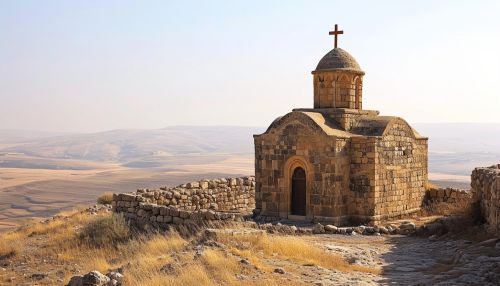Church of the East
Origins and Early History
The Church of the East, also known as the Nestorian Church, traces its roots back to the Apostolic Age, with tradition attributing its foundation to the apostles Thomas, Thaddeus, and Bartholomew. The Church's early history is intertwined with the broader history of Christianity in the Roman and Parthian empires.


In the 5th century, the Church of the East became associated with the teachings of Nestorius, Archbishop of Constantinople, who was condemned for heresy by the Council of Ephesus in 431. Despite this, the Church continued to grow and flourish in the Sasanian Empire, where it was often in a precarious position due to its perceived ties to the Christian Byzantine Empire.
Theological Distinctiveness
The Church of the East is known for its distinctive Christology, which is often labeled as "Nestorian" due to its association with Nestorius. However, this label is somewhat misleading, as the Church's Christology is more accurately described as Dyophysitism, emphasizing the distinctness of Christ's divine and human natures. This contrasts with the Chalcedonian Definition adopted by the Roman and Byzantine churches, which affirmed the "one person in two natures" formula.
Expansion and Influence
During the Middle Ages, the Church of the East experienced a significant expansion, reaching as far as China, India, and Mongolia. It established communities and built churches along the Silk Road, playing a key role in the spread of Christianity in Asia.


The Church also had a significant influence on the intellectual life of the Middle East, particularly in the fields of philosophy, science, and translation. Many Greek philosophical and scientific texts were preserved and translated into Syriac and Arabic by scholars associated with the Church of the East.
Decline and Persecution
The fortunes of the Church of the East began to decline in the 14th century, due to a combination of internal divisions, external pressures, and the devastation caused by the Black Death. The Church also faced severe persecution under the Timurids, which resulted in the destruction of many churches and the death of many believers.
Modern Times
In the modern era, the Church of the East has faced numerous challenges, including further persecution, diaspora, and the struggle to maintain its distinct identity and traditions. Despite these difficulties, the Church continues to exist today, with communities in the Middle East, North America, Australia, and elsewhere.
